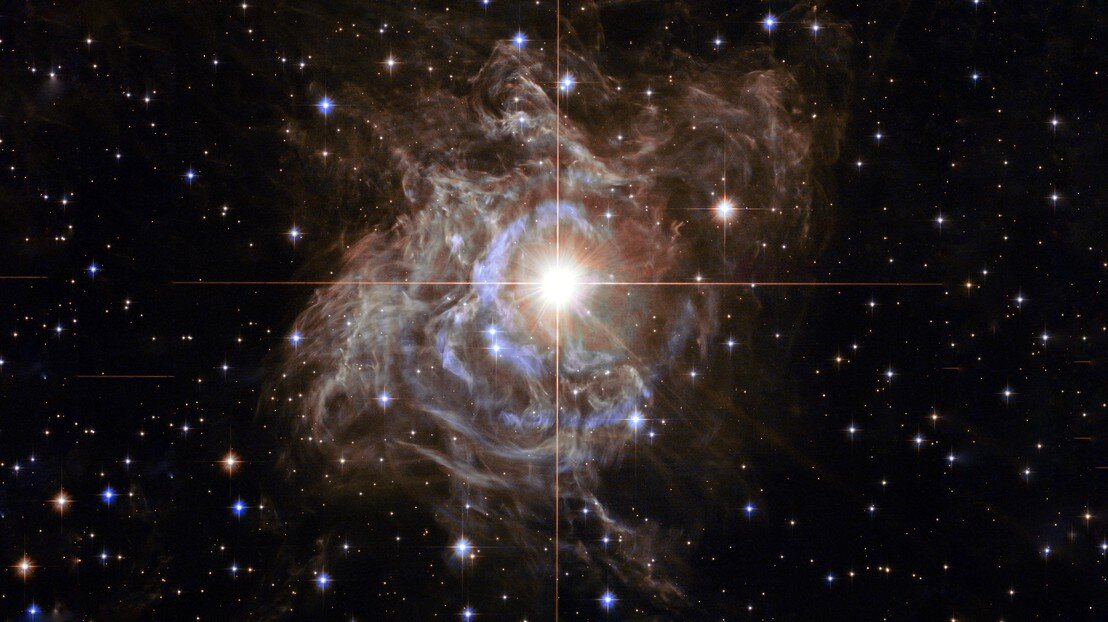Scientists have clarified the connection between the period of cepheid stars and the distance to them. It is used to establish one of the most important constants in the Universe — the Hubble stable. This research will help us better understand how our Universe is expanding.

Cepheid research
A group of scientists from the EPFL Institute of Physics recently conducted a study that would help us understand which dependencies drive the expansion of our Universe. In this they were helped by data from the Gaia space telescope. Thanks to them, scientists could clarify the dependencies according to which they estimate distances beyond the Milky Way.
For this purpose, “cosmic distance ladder” is usually used, each of which is a separate method that is applied to more and more distant objects. But they are all based on a method that is on the first step — the method of cepheids.
Cepheids are giant pulsating stars. Their peculiarity is that the oscillation period directly depends on the absolute luminosity. And knowing it and how bright the sun is in our sky, it is possible to determine the distance to the galaxy in which it is located by the pulsation period.
Hubble Constant
At the same time, it should be remembered that the Universe is expanding. And the speed at which other galaxies are moving away from us depends on the distance to them. This dependence is characterized by the Hubble constant, defined in kilometers per second per megaparsec (km/s/MPc).
The value of the Hubble constant is determined experimentally on the basis of the same “cosmic distance ladder”. According to the latest measurements, which were made in 2011, it is 73.0 km/s/Mpc with an error of 1 km/s/Mpc.
The problem is that the value of the Hubble constant can be found out in another way. To do this, it is necessary to measure the relic microwave radiation. And the estimate obtained in this way is quite different from the one given by measuring distances — 67.4 km/s/Mpc with an accuracy of 0.5 km/s/Mpc.
And that’s why there is a difference of 5.6 km/s/Mpc, which cannot be explained by the inaccuracy of measurements and scientists cannot say for sure. It seems that one of the assumptions on which all these methods are based is incorrect, but we do not know which one.
New estimate of the Hubble constant
That’s why the new study is so important. It allows to determine the value of the Hubble constant with an accuracy of 0.9 percent. And when scientists received it, it turned out to be equal to the same 73.0 km/s/Mpc. That is, from the side of measuring distances, it is not at all an inaccuracy. It is quite possible that our understanding of microwave relic radiation does not correspond to reality.
In addition, the new research is also valuable in itself. After all, the cepheid method is used not only to solve global questions about the structure of the Universe. Our understanding of what is in the Milky Way and the surrounding galaxy also depends on the accuracy of this estimate. And now we can be sure of it.
According to phys.org
Follow us on Twitter to get the most interesting space news in time
https://twitter.com/ust_magazine

